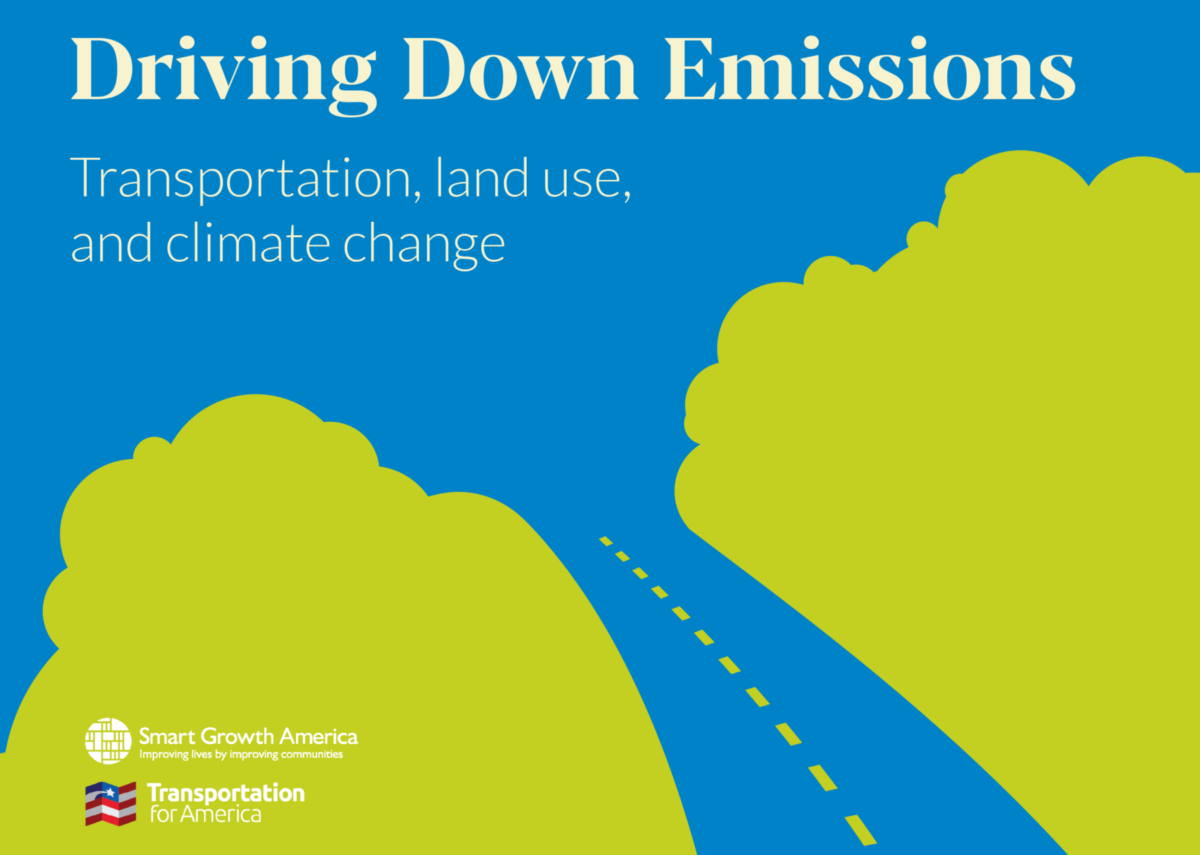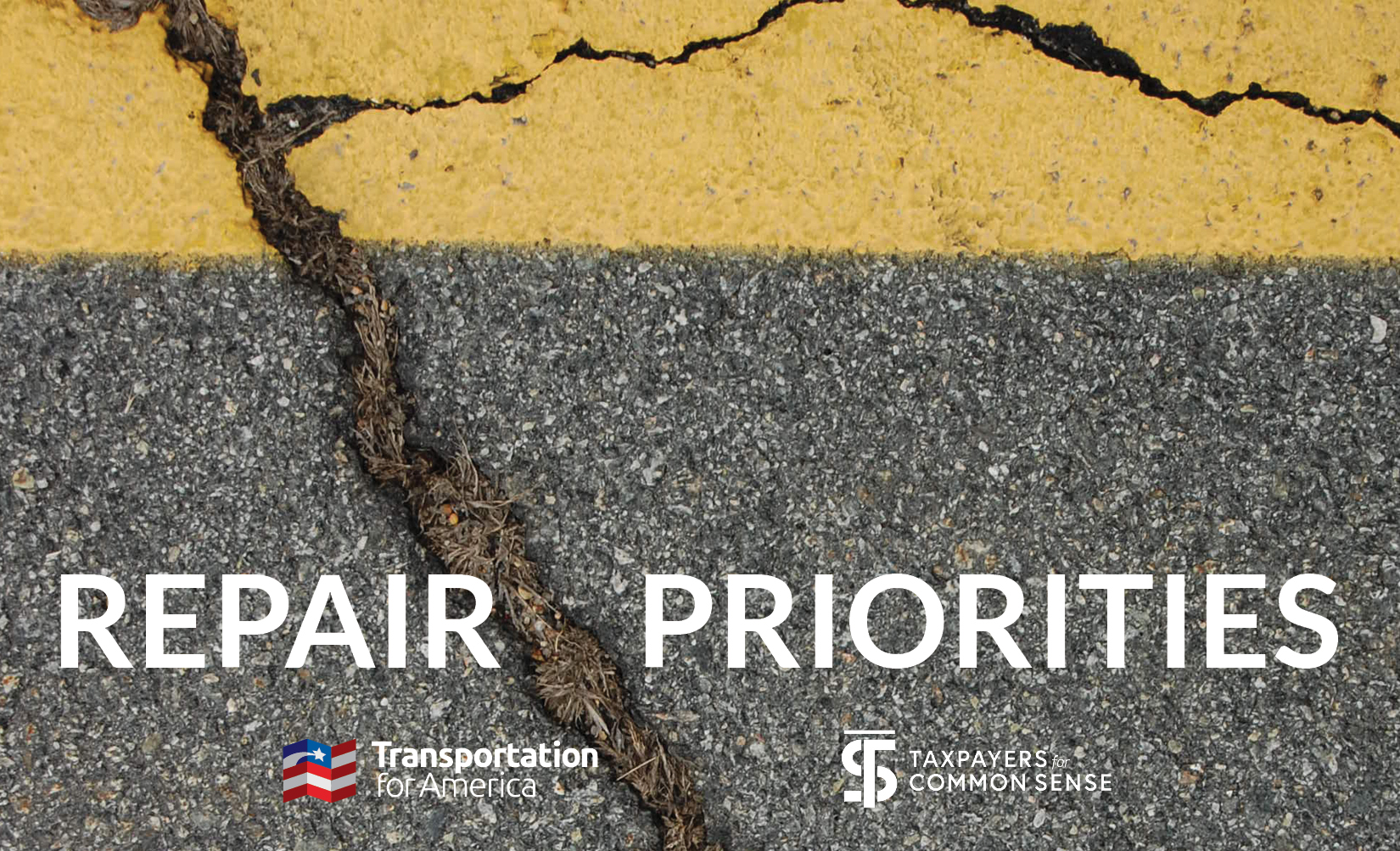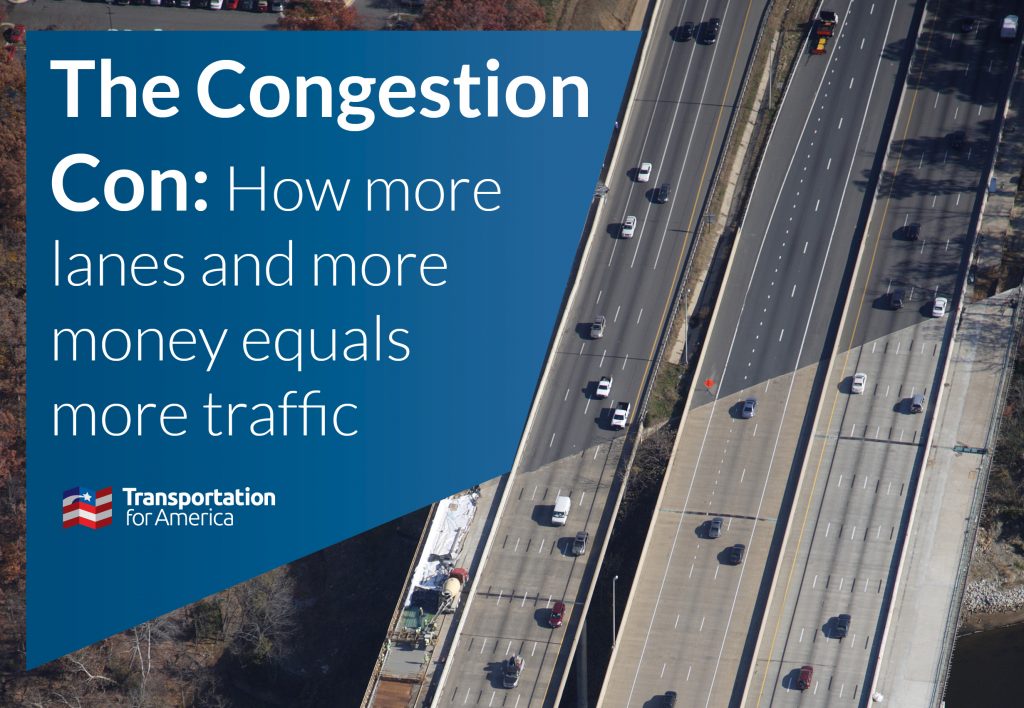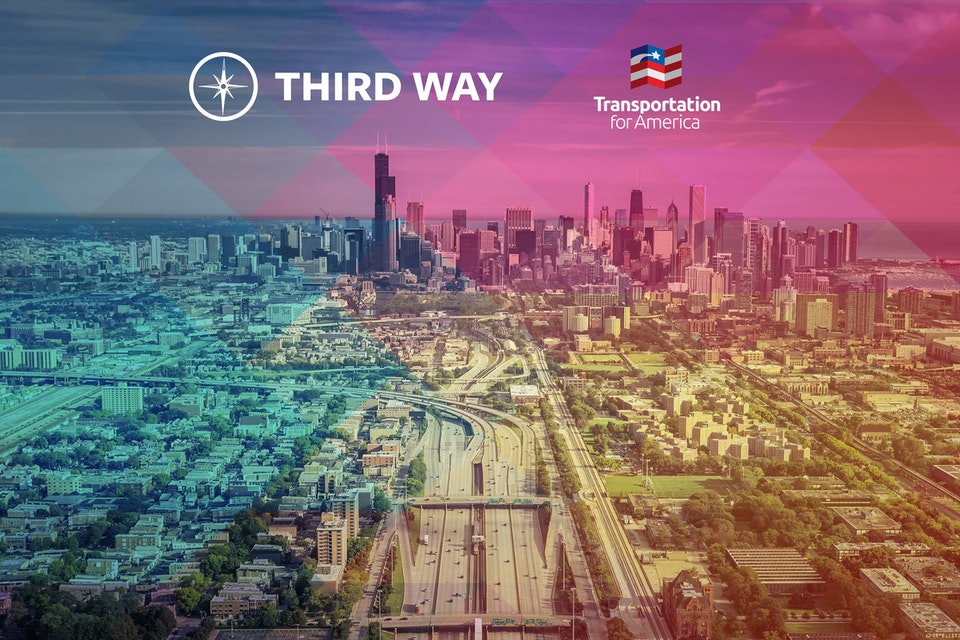Leave the gas station behind: How charger-oriented development can lead to a greener future
Charging an EV is fundamentally different from fueling a gas-powered car. It’s time to co-locate charging infrastructure with existing communities in an approach we call charger-oriented development.
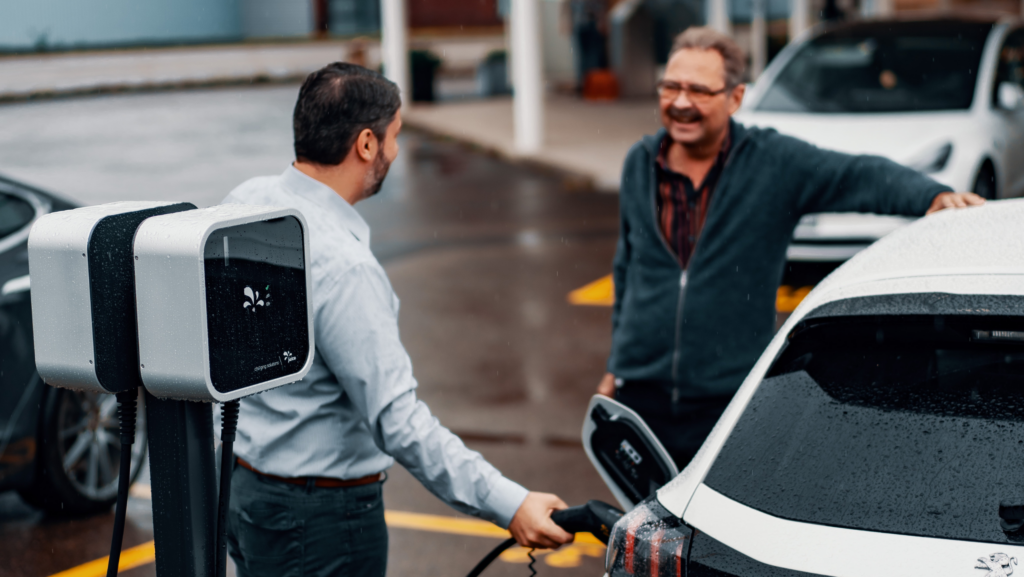
In our EV blog series, we’ve shared strategies in the zero-emission fleet transition which work in concert with smart growth. These strategies can both advance the EV transition and reduce the need to drive so much. They include electric carshare services, charger-oriented development, the NEVI program, equitable access to chargers, integrating smart parking policy with EV-charging, and electric micromobility. To learn more about reducing transportation emissions, check out our report Driving Down Emissions and go here to learn more about CHARGE, the coalition we co-lead on EV issues.
With the implementation of the Inflation Reduction Act and 2021 infrastructure law in full swing, transportation electrification is taking off faster than ever. Congress is pouring billions of federal dollars into states’ National Electric Vehicle Infrastructure (NEVI) programs to electrify American cars, but those dollars are falling into a familiar pattern.
While electric vehicle charging infrastructure has distinct advantages over traditional gas stations, certain restrictions in NEVI standards and plans fail to imagine ways to invest in communities beyond the suburban gas station and sprawl-inducing big box store. The advantages (and even supposed disadvantages) of EV charging offer up opportunities to create vibrant, thriving places, but to unlock these benefits, policymakers need to rethink the pitstop.
Charging an electric vehicle differs significantly from the traditional fueling experience. In an internal combustion engine (ICE) vehicle, drivers start the day with the same amount of gas that they had the day before. EVs may take more time to charge, but people with home charging options can start with a full battery and charge at destinations. However, on the rare occasions you do need to stop and charge, it’s going to take 20 minutes or more—not the three-to-five minutes it takes to tank up an ICE vehicle. This has big implications for where we put charging stations and what should be around them.
Charger-oriented development (COD) is the strategy of locating charging infrastructure in vibrant places that have an abundance of diverse opportunities easily accessible within walking distance. This could be on a rural town’s Main Street, town square, or a vibrant, walkable, mixed-use urban neighborhood. In these places, the driver can do something worthwhile with their valuable time, and local businesses benefit from new patrons bolstering the local economy.
Flipping the script
Many people are familiar with the concept of transit-oriented development (TOD): build up and densify around stops and corridors as much as possible and reap the benefits of walkability around transit. To implement that same smart growth approach with EV charging, you need to flip the script. Chargers should be oriented in walkable areas, in ways that contribute to local economies.
As we’ve said, most EV owners will charge at home overnight, or at other destinations, so they will only need access to a DC fast charger (DCFC, also called a level 3 charger) on longer trips. Once they plug in, what do they do? Do they sit in their car at the truck stop out by the highway, or are there multiple businesses they can patronize like cafes, restaurants, and stores? Perhaps there is a nearby park where the kids can let off steam. Ideally, the charger is in a place they were going anyway—the museum or the arena, for example.
Charging up local economies
Charger location also has implications for the local economy, particularly in rural communities. Businesses on Main Street are much more likely to be locally owned than the truckstop or the big box store. Public investment that directs travelers’ dollars into local pockets builds local wealth and resilience.
You can see examples of this from Meeker, Colorado and Canton, New York in our Sparking Progress report, where local businesses have benefited directly from travelers stopping to charge up. Strong local businesses on a Main Street tend to support each other by creating a vibrant place that becomes attractive for more people to visit.
Invest in existing infrastructure
Everyone involved in discussions around charger infrastructure quickly learns the importance of utilities. You can’t build chargers without electric power, and level 3 chargers draw a lot of it. Fast charging, especially, takes a lot of juice. In fact, a federally compliant fast charging station with four ports can draw as much electricity as a small town. Bringing that kind of power to an area is expensive, which is why we need to think of ways to use the capacity we already have in the grid more effectively. This is a corollary to the principle we already follow with smart growth: invest in existing communities.
There are a number of strategies we can use to take advantage of existing utilities. For example, Los Angeles installs level 2 chargers where there are already streetlights. The private company ITSElectric has developed a strategy for delivering level 2 charging at the curb using excess capacity in buildings fronting the street. Power hungry level 3 chargers are more likely to require significant utility upgrades, but those upgrades could be easier to deliver in existing communities than in a remote location by the highway. In addition, electric utility upgrades today would be a valuable investment in rural communities’ electrified future.
Utilities aren’t the only essential infrastructure near EV chargers. Just as everyone is a pedestrian when they park their car, the same goes for someone charging their car. Pedestrian infrastructure is essential, and a Main Street or neighborhood is more likely to have sidewalks than the truck stop or big box store. In some cases, it might even be feasible to integrate bikeshare with a charger location, giving the traveler who has stopped to charge up a much wider range of opportunities while they wait.
Reorienting federal investment
Unfortunately, the National Electric Vehicle Infrastructure (NEVI) program, Congress’s first stab at building a charging network, is not grounded in charger-oriented development principles. NEVI charging locations, as well as the corridor grants for the Community Fueling Infrastructure (CFI) program, are required to be within one mile of the highway they serve. This pulls opportunity away from countless rural towns a little over a mile or two off the highway. State DOTs are implementing NEVI plans for the first time and there is no guidance or incentive for them to do anything other than place chargers out at the truck stop. The next blog post in this series showcases opportunities for charger-oriented development we are already missing in Pennsylvania and Ohio.
The emphasis on the NEVI program itself, with the vast majority of federal charging infrastructure funding going to level 3 chargers placed to serve long-distance travel, comes from a gas-station mindset. American drivers typically drive only 37 miles per day on average, and less than one percent of trips are more than 100 miles. Those distances are easily covered by overnight charging. In many cases those longer trips could also be better served by passenger and high-speed rail as they are in other developed nations.
The bottom line
As we build out America’s charging infrastructure ecosystem, there’s no need to emulate the gas station. Chargers are going to be a major infrastructure investment, but in the end, it really is just an electric cord with a plug and a parking spot. Charging can be delivered in a more diffuse fashion and fit in more dense vibrant neighborhoods. If approached the right way, our charging infrastructure won’t keep people tethered to power outlets on the side of the road, but free them up to accomplish more as they leave their cars to charge.















